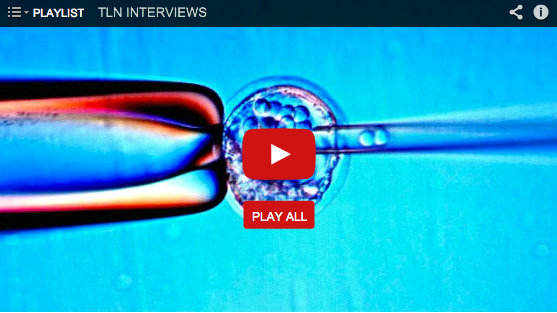Leo Bockeria, Vladimir Bogin, Olga Bockeria, Tatyana Le, Bagrat Alekyan, Erik J Woods, Amalia A Brown, Thomas E Ichim and Amit N Patel
Journal of Translational Medicine 2013, 11:56 doi:10.1186/1479-5876-11-56
Published: 5 March 2013
Heart failure is one of the key causes of morbidity and mortality world-wide. The recent findings that regeneration is possible in the heart have made stem cell therapeutics the Holy Grail of modern cardiovascular medicine. The success of cardiac regenerative therapies hinges on the combination of an effective allogeneic “off the shelf” cell product with a practical delivery system. In 2007 Medistem discovered the Endometrial Regenerative Cell (ERC), a new mesenchymal-like stem cell. Medistem and subsequently independent groups have demonstrated that ERC are superior to bone marrow mesenchymal stem cells (MSC), the most widely used stem cell source in development. ERC possess robust expansion capability (one donor can generate 20,000 patients doses), key growth factor production and high levels of angiogenic activity. ERC have been published in the peer reviewed literature to be significantly more effect at treating animal models of heart failure (Hida et al. Stem Cells 2008).Current methods of delivering stem cells into the heart suffer several limitations in addition to poor delivery efficiency. Surgical methods are highly invasive, and the classical catheter based techniques are limited by need for sophisticated cardiac mapping systems and risk of myocardial perforation. Medistem together with Dr. Amit Patel Director of Clinical Regenerative Medicine at University of Utah have developed a novel minimally invasive delivery method that has been demonstrated safe and effective for delivery of stem cells (Tuma et al. J Transl Med 2012). Medistem is evaluating the combination of ERC, together with our retrograde delivery procedure in a 60 heart failure patient, double blind, placebo controlled phase II trial. To date 17 patients have been dosed and preliminary analysis by the Data Safety Monitoring Board has allowed for trial continuation.The combined use of a novel “off the shelf” cell together with a minimally invasive 30 minute delivery method provides a potentially paradigm-shifting approach to cardiac regenerative therapy.
http://www.translational-medicine.com/content/11/1/56/abstract

